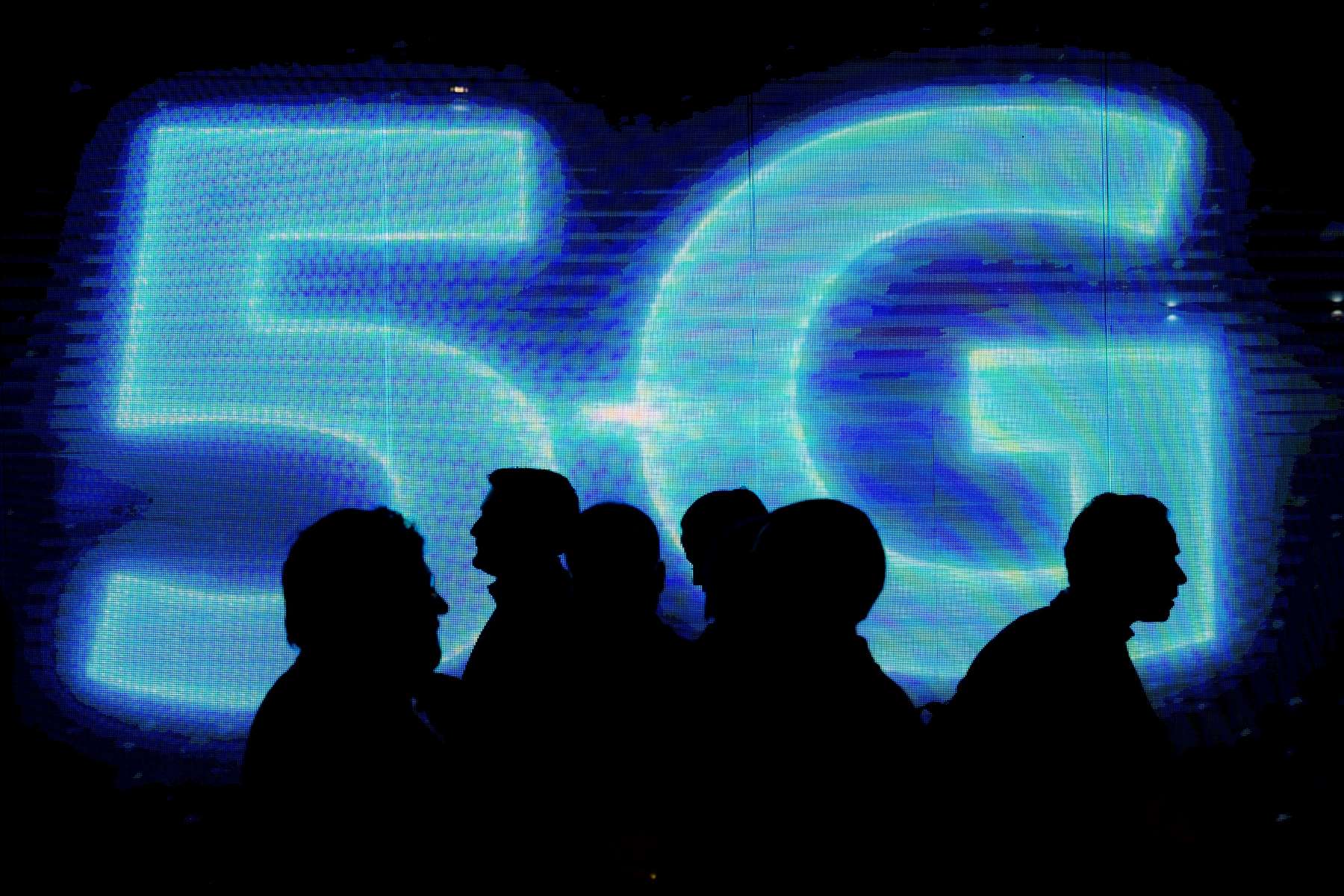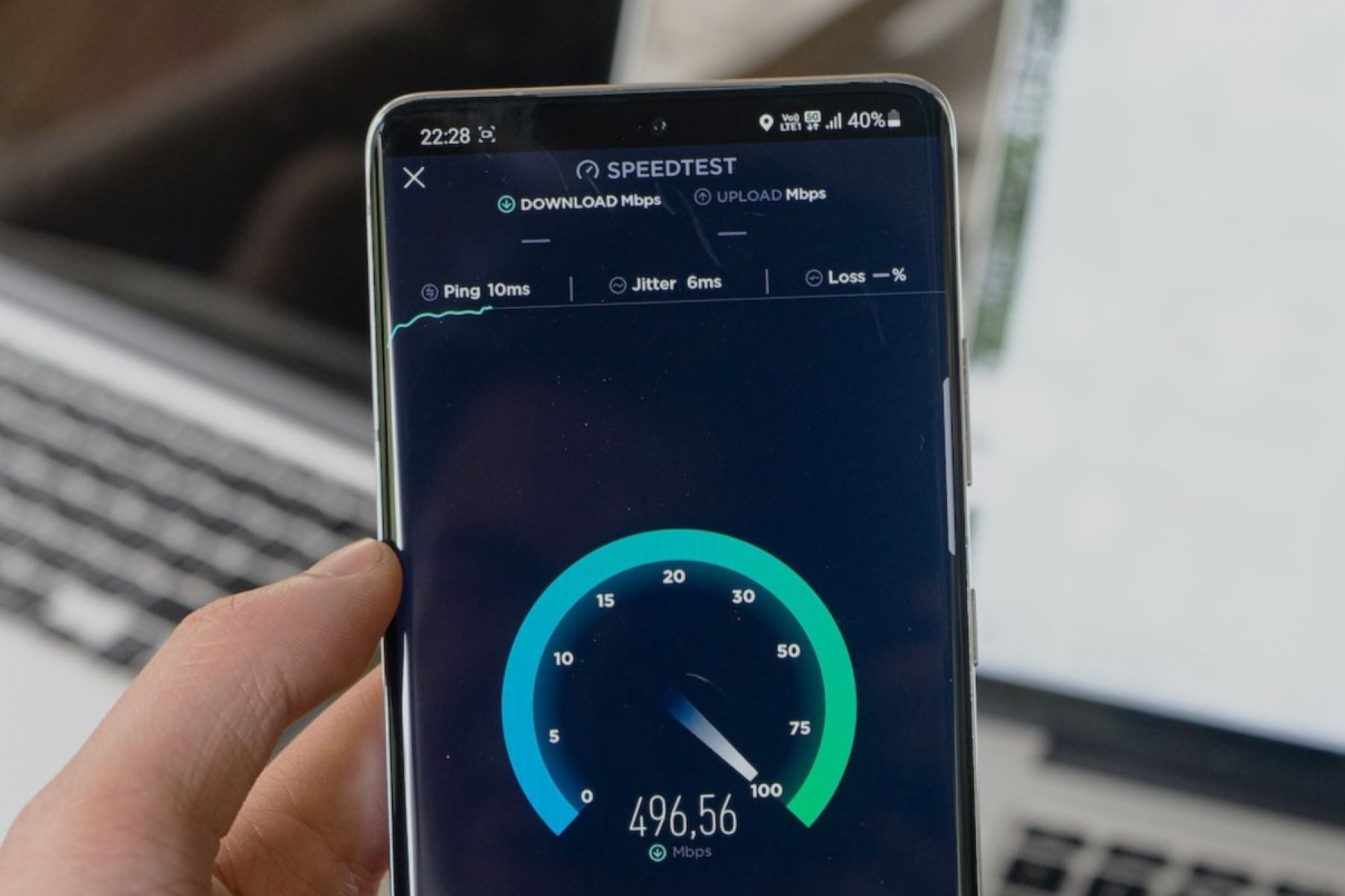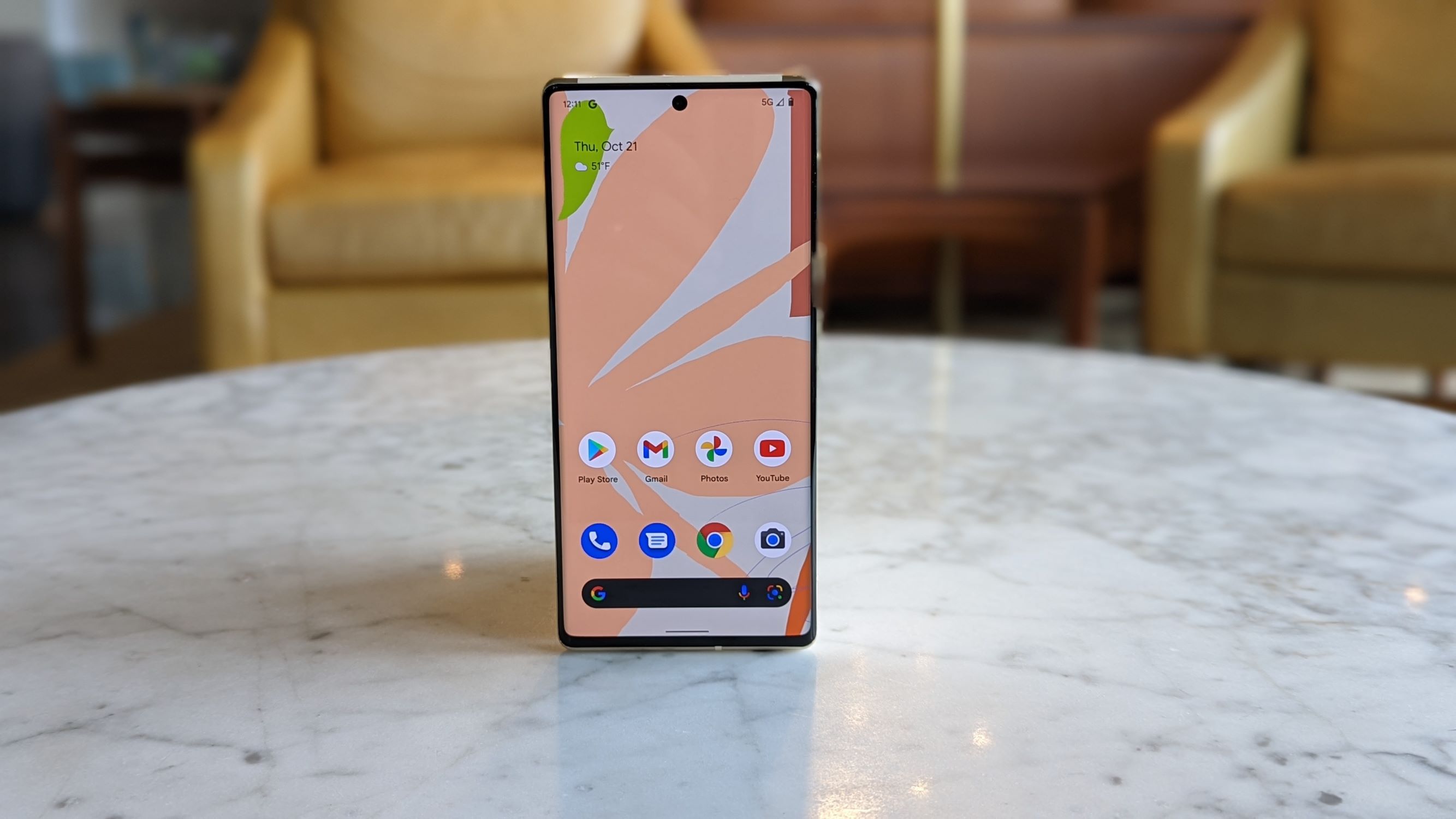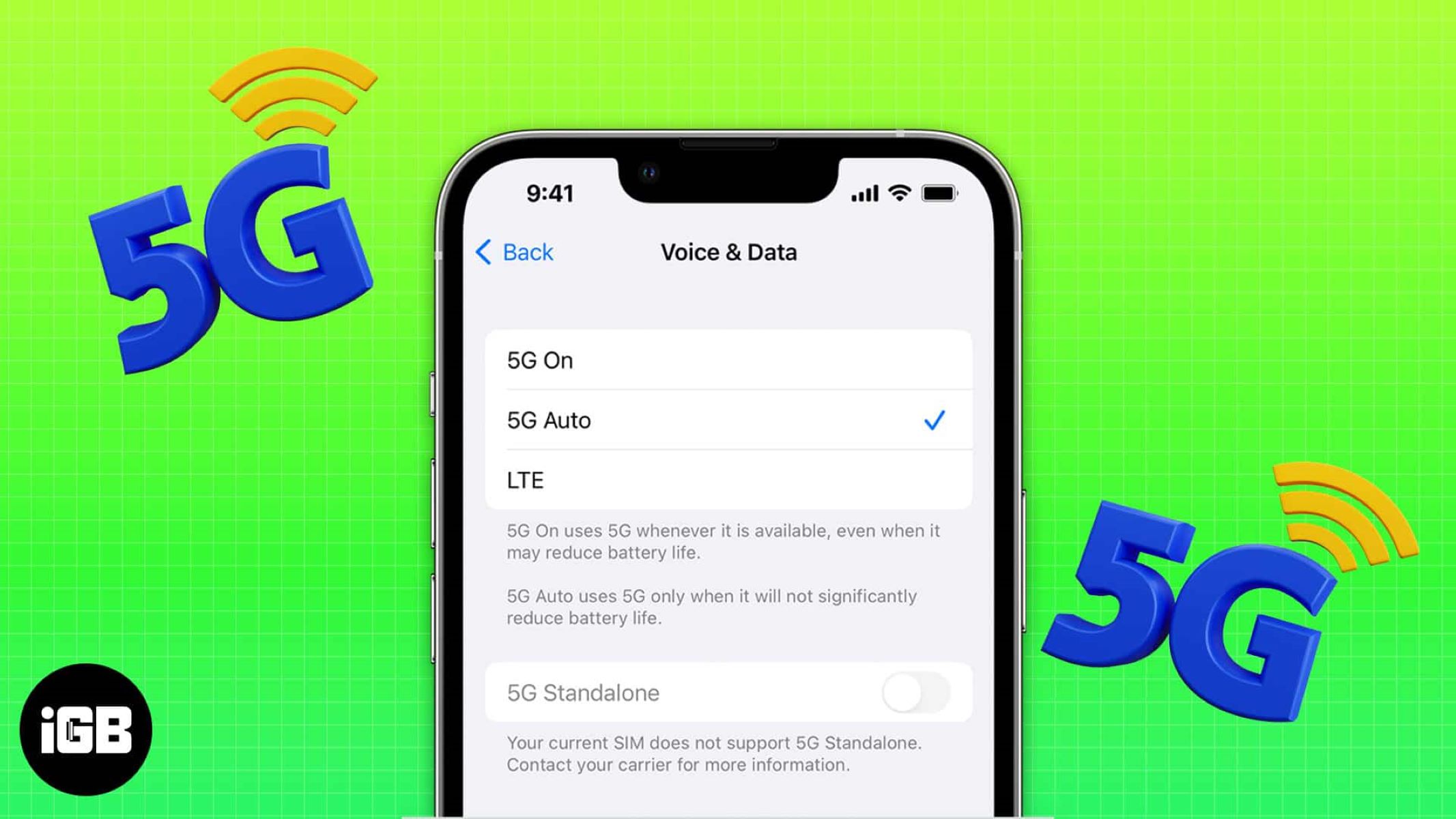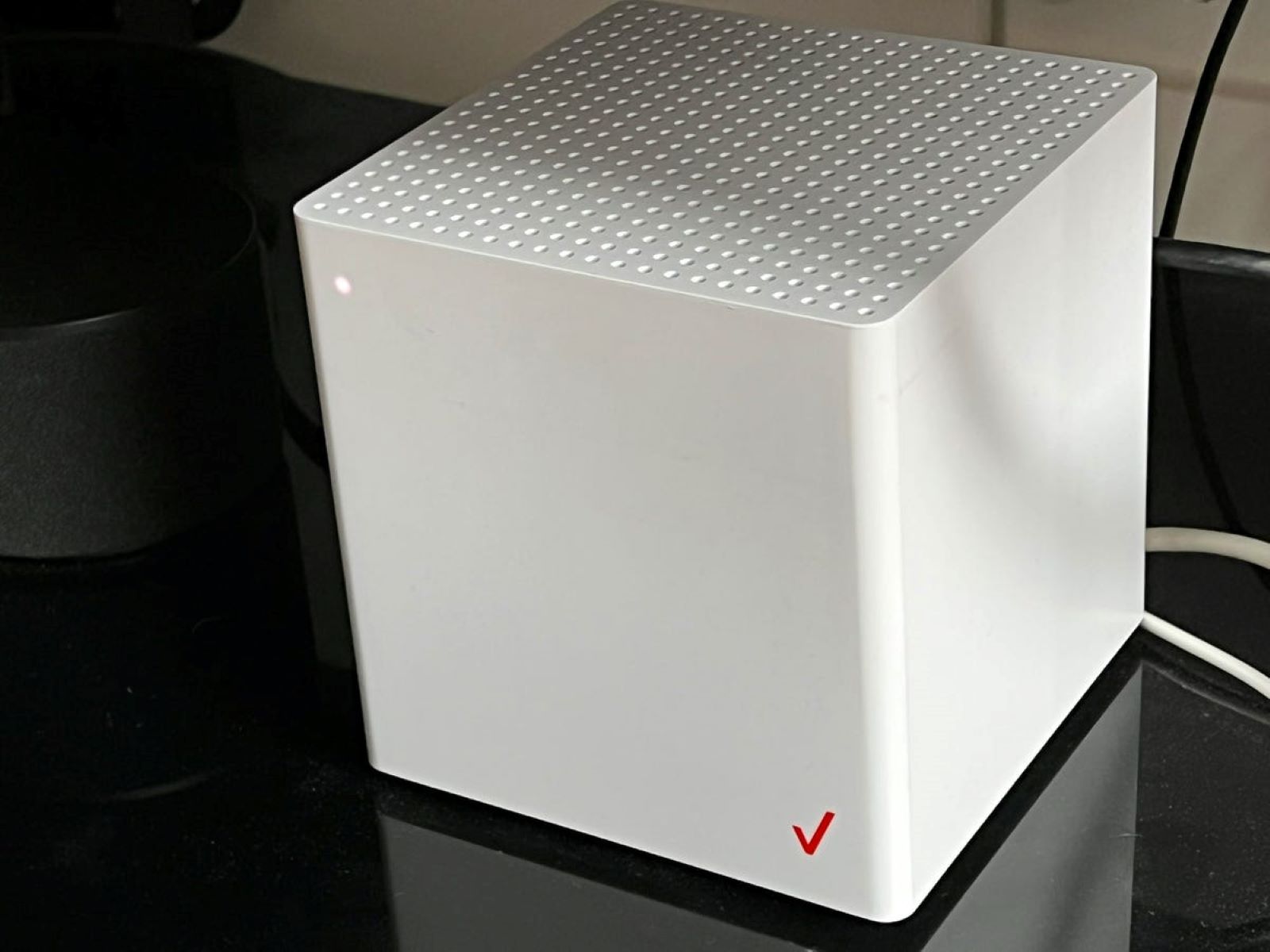Introduction
The introduction of 5G technology has been met with both excitement and concerns. As the next generation of wireless communication, 5G promises faster speeds, lower latency, and the ability to connect a vast number of devices. However, there is also growing apprehension surrounding the deployment of 5G networks.
While 5G offers great potential for advancements in various industries, it is important to delve into the potential drawbacks and concerns associated with this emerging technology. This article explores some of the reasons why some individuals and groups consider 5G to be bad.
Before delving into the specific concerns, it is important to note that not all of these concerns have been scientifically proven. There is ongoing research and debate in the scientific community regarding the potential risks of 5G technology. Nevertheless, it is crucial to examine these concerns from various perspectives to better understand the potential implications of widespread 5G implementation.
In the following sections, we will explore the increased radiation exposure, health concerns, potential for surveillance, privacy concerns, environmental impact, network vulnerabilities, and issues of inequality and accessibility that are often raised in discussions about the negative aspects of 5G.
Increased Radiation Exposure
One of the primary concerns raised regarding 5G technology is the potential increase in radiation exposure. 5G operates at higher frequencies than previous generations, which requires the installation of more cell towers and smaller antennas closer to users.
The close proximity of these antennas has raised concerns about the intensity and long-term effects of electromagnetic radiation. While the scientific consensus is that 5G radiation falls within acceptable levels set by regulatory bodies, some people worry about the cumulative effect of prolonged exposure to higher frequency electromagnetic waves.
It is important to note that studies examining the health effects of electromagnetic radiation from mobile networks have not provided conclusive evidence to support these concerns. Nevertheless, individuals who are more sensitive to electromagnetic frequencies or those with pre-existing health conditions may experience discomfort or symptoms they attribute to radiation exposure.
Furthermore, the installation of numerous smaller cell towers and antennas to support 5G networks may result in increased exposure to populations living near these installations. While the impact of this increased exposure remains a subject of debate, it is an area of concern for those worried about the potential health effects of 5G radiation.
Regulatory bodies and industry leaders continue to monitor and evaluate the potential health risks associated with 5G technology. Ongoing research and studies are being conducted to provide a clearer understanding of the long-term effects of 5G radiation on human health.
Ultimately, it is essential to strike a balance between the benefits of 5G technology and ensuring the health and safety of individuals. Stricter regulations and monitoring practices can help to address the concerns of those worried about increased radiation exposure.
Health Concerns
The potential health effects of 5G technology have become a subject of debate and concern. While the scientific consensus is that 5G radiation falls within acceptable limits, some individuals worry about the impact on human health.
One concern raised is the potential for increased risk of cancer. The higher frequencies used in 5G technology require more cell towers and antennas, resulting in closer proximity to human populations. This has led to fears that prolonged exposure to 5G radiation could increase the risk of certain types of cancer, although no conclusive evidence has been found to support this claim.
Another health concern is the impact of 5G radiation on human cells and DNA. Some studies suggest that higher frequency electromagnetic waves could potentially cause damage to cells, leading to various health issues. However, it is important to note that these studies are ongoing and have not provided definitive results.
Additionally, there are concerns about the potential effects of 5G radiation on reproductive health. Some worry that prolonged exposure to electromagnetic radiation from 5G networks could affect fertility and lead to negative consequences for prenatal development. However, further research is needed to establish any direct links between 5G radiation and reproductive health issues.
It is important to highlight that the World Health Organization (WHO) conducted a comprehensive review of the health effects of radiofrequency electromagnetic fields, including those from mobile networks. Their findings indicate that there is no conclusive evidence to suggest that exposure to such fields at levels below the international guidelines has a detrimental effect on human health.
While concerns about the potential health effects of 5G technology exist, it is crucial to note that most of the concerns arise from speculation and anecdotal evidence. Continued scientific research and rigorous monitoring of radiation levels will help to address any potential risks and ensure the safety and well-being of individuals.
Potential for Surveillance
Another concern surrounding the deployment of 5G technology is the potential for increased surveillance. The capabilities of 5G networks, such as faster speeds and lower latency, have led to worries about privacy and data collection.
With the increased speed and connectivity provided by 5G, there is a greater ability to collect, analyze, and store massive amounts of data. This raises concerns about the potential for governments, corporations, or other entities to engage in widespread surveillance activities.
One aspect of this surveillance concern relates to the Internet of Things (IoT). The IoT refers to the network of interconnected devices and sensors that can communicate and share data with each other. As 5G enables more devices to be connected simultaneously, there is a heightened possibility for surveillance through these connected devices.
For example, smart home devices, wearable technology, and other IoT devices can potentially collect and transmit vast amounts of personal data, including location information, browsing habits, and even biometric data. This raises questions about the privacy and security of individuals using these devices.
Moreover, the potential for surveillance is not limited to individual users. Governments and institutions may also have the ability to monitor and track individuals on a larger scale, raising concerns about mass surveillance and the erosion of personal privacy.
It is important to balance the benefits of a connected world with the protection of individual privacy rights. Stricter regulations and transparency surrounding data collection and usage are necessary to address the potential for increased surveillance in a 5G-enabled society.
Ensuring that privacy safeguards and data protection measures are in place can help alleviate the concerns of individuals and foster trust in the use of 5G technology.
Privacy Concerns
As the world becomes increasingly connected through 5G technology, privacy concerns have emerged as a significant issue. The widespread use of 5G networks opens up new possibilities for collecting and analyzing vast amounts of personal data, raising questions about the protection of individual privacy.
One major concern is the potential for data breaches and cyberattacks. With the increased number of connected devices in a 5G-enabled ecosystem, there are more entry points for hackers and malicious actors to gain access to sensitive personal information.
Additionally, the extensive use of IoT devices in a 5G network poses privacy risks. IoT devices collect and transmit data about individuals’ habits, preferences, and even physical locations. There is a concern that this data could be exploited by third parties or used for targeted advertising without individuals’ knowledge or consent.
Moreover, the aggregation and analysis of data from various sources through 5G networks can lead to detailed profiling and surveillance of individuals. The constant monitoring of users’ activities, location information, and online behavior can create a privacy-invasive environment.
There are also concerns about the lack of transparency in data collection and usage. Many users are unaware of the extent to which their data is being collected and how it is being used by companies and organizations. This lack of transparency undermines individuals’ control over their own personal information.
To address these privacy concerns, governments and regulatory bodies must establish clear and enforceable privacy regulations. These regulations should require organizations to be transparent about data collection practices, provide individuals with greater control over their data, and establish strict penalties for data breaches and misuse.
Individuals also play a role in safeguarding their privacy by being proactive in understanding and managing their privacy settings, being cautious about sharing personal information, and using encryption and other security measures to protect their data.
Ultimately, striking a balance between the benefits of 5G technology and protecting individual privacy is crucial. It is essential to ensure that privacy remains a fundamental right as we embrace the advancements brought by the deployment of 5G networks.
Environmental Impact
The deployment of 5G technology raises concerns about its potential environmental impact. The increased number of cell towers and smaller antennas required for 5G networks can have various ecological consequences.
One environmental concern is the energy consumption of 5G infrastructure. 5G networks require a significant amount of power to operate. The increased deployment of cell towers and antennas, along with the need for data centers to support the network, could lead to higher energy consumption and carbon emissions.
Another concern is the impact of electronic waste (e-waste). The implementation of 5G will result in the replacement and disposal of older devices that are not compatible with the new technology. This disposal process may contribute to e-waste, which poses environmental hazards due to the improper handling and disposal of electronic devices.
Furthermore, the construction and installation of new cell towers and antennas may require the destruction of natural habitats. Ecosystems can be disrupted, and wildlife can be negatively impacted when habitats are destroyed or altered for the installation of 5G infrastructure.
To mitigate the environmental impact of 5G technology, there are several possible solutions. One approach is to prioritize the use of renewable energy sources to power the infrastructure needed for 5G networks. Utilizing renewable energy can reduce carbon emissions and the overall environmental footprint of 5G technology.
Additionally, proper disposal and recycling of electronic devices should be encouraged to minimize e-waste. Implementing measures to ensure the responsible handling and recycling of old devices can help reduce the environmental impact of 5G deployment.
Furthermore, conducting thorough environmental impact assessments prior to the installation of new cell towers and antennas can help identify and mitigate potential risks to local ecosystems. This could involve considering alternative locations or implementing protective measures to minimize the negative effects on wildlife and their habitats.
By incorporating sustainable practices and considering the potential environmental impact throughout the entire lifecycle of 5G technology, we can work towards minimizing its ecological footprint and promote a more environmentally-friendly implementation.
Network Vulnerabilities
As with any technological advancement, the implementation of 5G networks introduces new challenges and vulnerabilities that need to be addressed. Network vulnerabilities are a major concern when it comes to the widespread adoption of 5G technology.
One of the primary concerns is the potential for increased cyber threats and attacks. With the expansion of 5G networks, there is a larger surface area for potential attacks, as more devices and systems become connected. This includes not only traditional computing devices but also IoT devices, which may have lower security measures in place.
Additionally, the increased complexity of 5G networks and the reliance on cloud services introduce new entry points for cybercriminals. The interconnected nature of 5G networks can result in a ripple effect, where a single vulnerability in one device or system can have far-reaching implications across the network.
Another concern is the potential for unauthorized access and data breaches. The vast amount of data transmitted and processed through 5G networks increases the risk of sensitive information being compromised. This includes personal data, financial information, and potentially even critical infrastructure systems.
Moreover, the reliance on virtualization and software-defined networking in 5G networks presents new challenges in terms of security. Software vulnerabilities and misconfigurations can expose networks to exploitation and compromise. It is crucial to ensure that proper security measures and protocols are in place to protect against these vulnerabilities.
To address these network vulnerabilities, it is essential to prioritize security in the design and implementation of 5G networks. This includes robust encryption protocols, regular security assessments and audits, and ongoing monitoring and threat intelligence to detect and respond to potential attacks.
Collaboration between network operators, technology vendors, and cybersecurity experts is key to staying one step ahead of evolving threats. Developing industry-wide standards and best practices can help create a more secure and resilient 5G infrastructure.
Ultimately, safeguarding the integrity and security of 5G networks is crucial to ensure the trust and reliability of this transformative technology.
Inequality and Accessibility Issues
While the promise of 5G technology is to bring faster and more advanced connectivity, there are concerns about potential inequality and accessibility issues that may arise with its implementation.
One concern is the digital divide, which refers to the gap between those who have access to digital technologies and those who do not. The rollout of 5G networks may exacerbate existing inequalities, as some regions or communities may receive limited or no access to 5G infrastructure, further widening the digital divide.
Furthermore, the cost of 5G-enabled devices and services may be a barrier for certain individuals or disadvantaged communities. Affordability could limit the ability of some individuals to access the benefits and opportunities that come with 5G technology, thus perpetuating disparities in education, healthcare, and economic opportunities.
Another concern is the impact on rural areas and underserved communities. The deployment of 5G networks may initially prioritize urban and more populated areas, leaving rural and remote regions with limited access to the benefits of 5G connectivity. This can further marginalize these communities and hinder their ability to compete in an increasingly digital and interconnected world.
There is also a concern regarding the accessibility of 5G technology for people with disabilities. As new devices and services are developed to take advantage of 5G capabilities, it is crucial to ensure that they are inclusive and accessible to individuals with different abilities. This includes considerations for assistive technologies and accessibility features that allow everyone to benefit from 5G advancements.
To address these inequality and accessibility issues, proactive measures need to be taken. Governments, regulatory bodies, and technology providers should work together to ensure equal and affordable access to 5G networks. This may involve implementing policies that prioritize access for underserved communities and investing in infrastructure development in rural areas.
Furthermore, initiatives should be taken to bridge the digital divide by providing affordable devices and internet connectivity options. Education and digital literacy programs can also be implemented to empower individuals with the necessary skills to thrive in a 5G-enabled society.
Inclusion and accessibility should be at the forefront of 5G technology development. It is essential to ensure that the benefits of 5G are accessible to all individuals, regardless of their geographic location, economic status, or ability.







